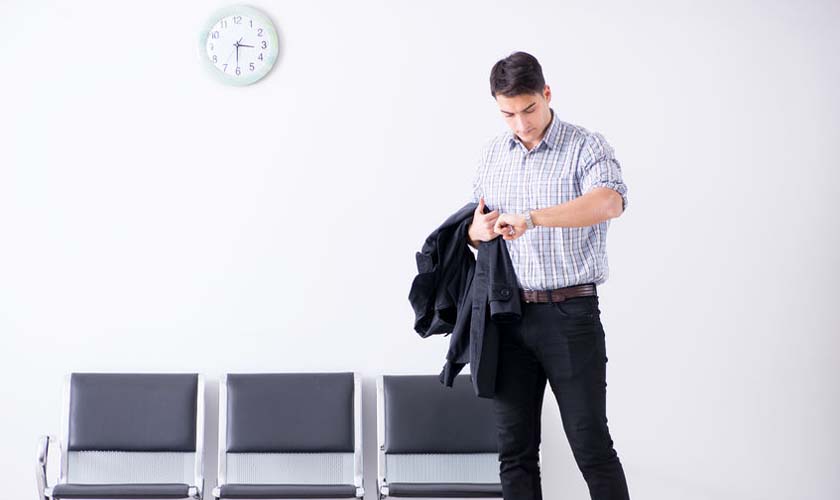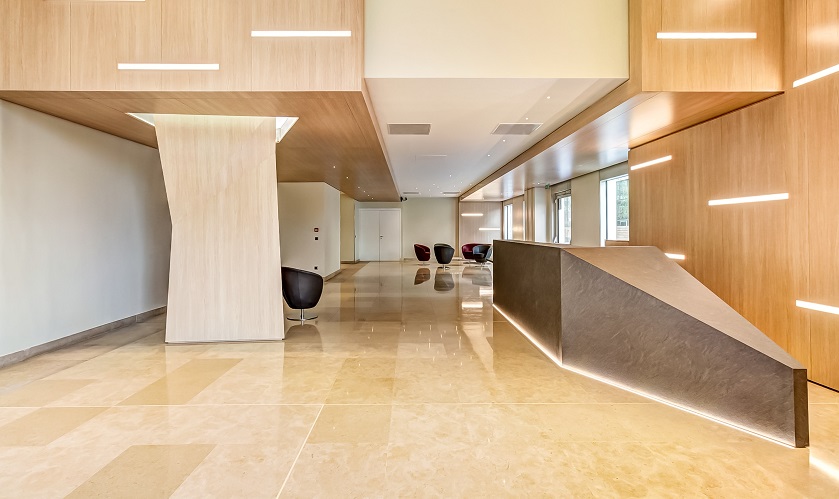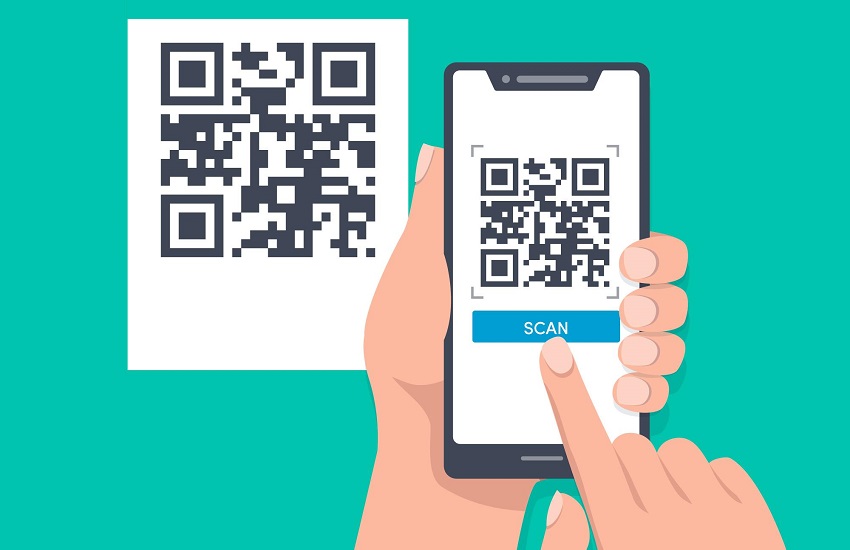How we work has changed a great deal since the pandemic. Flexible working and the hybrid work model are now very popular with employees. The office reception has undergone changes too.
Never before did we have so many inquiries coming in from customers who want to know if our visitor management system will do away with the need for a receptionist.
Mind you, the reception is a place where your clients, vendors and others get their first impression of your organization. So, how well you manage this space will highlight your professionalism.
According to a report, two out of every five people (40 per cent) claim their perception of a company or brand has been negatively affected by their experience in the corporate lobby or reception area.
In this article, we will discuss some key aspects of the modern reception.
Reception Layout
While most offices have some kind of partition that separates the lobby from the main working area, we find that modern office designs, especially co-working spaces have their reception as part of the common meeting area for members.
In such a setting, employees are often exposed to a random stream of people walking in and out. For example, co-working spaces entertain walk-in inquiries, delivery personnel, couriers and visitors. This may cause distractions for the employees.
Therefore, office managers may want to think of having some kind of separation that segregates and contains the reception from the main working area. This will significantly reduce the exposure of the members to visitors.
Visitor Registration
The post-pandemic reception must have a visitor registration kiosk. Visitors enter their details and the name of the person they want to meet in the tab mounted on the kiosk. Pre-registered visitors, who have prior appointments, are onboarded using the visitor management system. So, it is possible to have an unmanned reception or if there is a receptionist, her responsibilities may be passive.
Walk-in visitors enter their details that assist in contact tracing like name, identification, mobile number, etc. This applies to even courier guys and other delivery personnel. Not all walk-in visitors are allowed in.
Earlier, the practice was to issue smart cards or badges to visitors. But this could spread the infection, especially when the cards are re-used. An alternative is to use disposable labels that can be printed after the visitor has registered. Another option is to have touchless registration by scanning QR codes. The ecobook visitor management system provides both options.
Cleaning
In the post-pandemic reception, cleaning is scheduled at regular intervals. Common touch points such as seats, kiosks and table tops are usually cleaned more frequently. Also, there is deep cleaning done at least once a week during weekends or after office hours. Deep cleaning helps in keeping the whole of the reception space clean.
Old magazines and coffee table books that can be potential points of contamination are regularly removed. Air filters, purifiers and ionizers are used that clean the air circulating in the reception area.
Exhausts are provided that dispense with recycled air to allow for fresh air to flow into the office. Also, air shields are provided that prevent air from drifting from the reception to the office if there is an exposed pathway between the two spaces.
Concluding
In most organizations, the modern office reception is being designed keeping in mind the lessons we have learnt from the Covid-19 pandemic. The visitor management system makes managing your reception more organized keeping in mind the safety protocols.
Once you make the investment, you will realize the benefits. Remember, a great visitor onboarding is a glimpse into your culture and brand experience.
Cheers!



